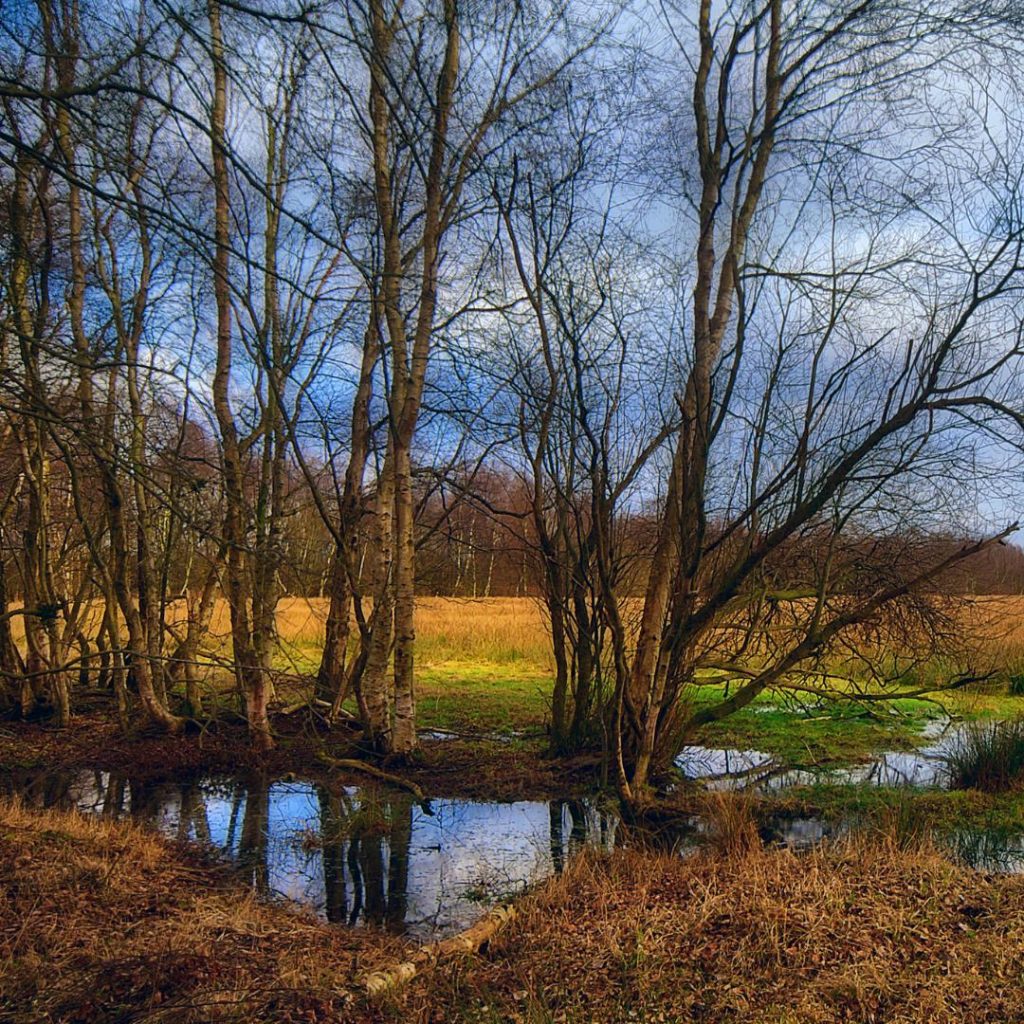Peatlands are the most effective carbon reservoirs on land

Nevertheless, they have been drained on a large scale for agricultural use since the 18th century, in addition to peat extraction and the sealing of the areas for road and urban construction. The unbelievable result for Germany is five percent remaining living peatlands. Today we know that they could save us.
Consequences of draining
Apart from the dramatic loss of wetlands as carbon sinks, peat extraction has also released and continues to release CO₂. Yet peatlands are the most effective carbon reservoirs on land and are irreplaceable in the fight against climate change.
What do moors do for us?
They offer absolutely efficient protection against flooding: their tensile strength enables them to store and absorb vast quantities of rainwater in a very short time. They can then release their water to dry zones in the surrounding area in the event of drought.
However, bogs lose these properties completely if they are sealed or dry out.
Can they be saved?
The good news is: Yes. Dead moors can actually be rewetted. The big problem is that some moorland areas were drained so long ago that the residents or users of these areas don't even know that they are on a natural jewel.
Renaturation therefore involves a gauntlet of authorities and owners, which must bring together the forestry, water and nature conservation authorities with the owners - that is probably the biggest challenge.
Is there an example of this?
In Cologne's Dünnwalder Forest, a participatory moorland project has been launched. Since August 2023, work has been underway there to build blockades to stop the draining water: Volunteers go into the forest with wood and tools and close ditches so that the moor can be moistened and recover.
Compared to built-up areas, this is of course somewhat easier.






